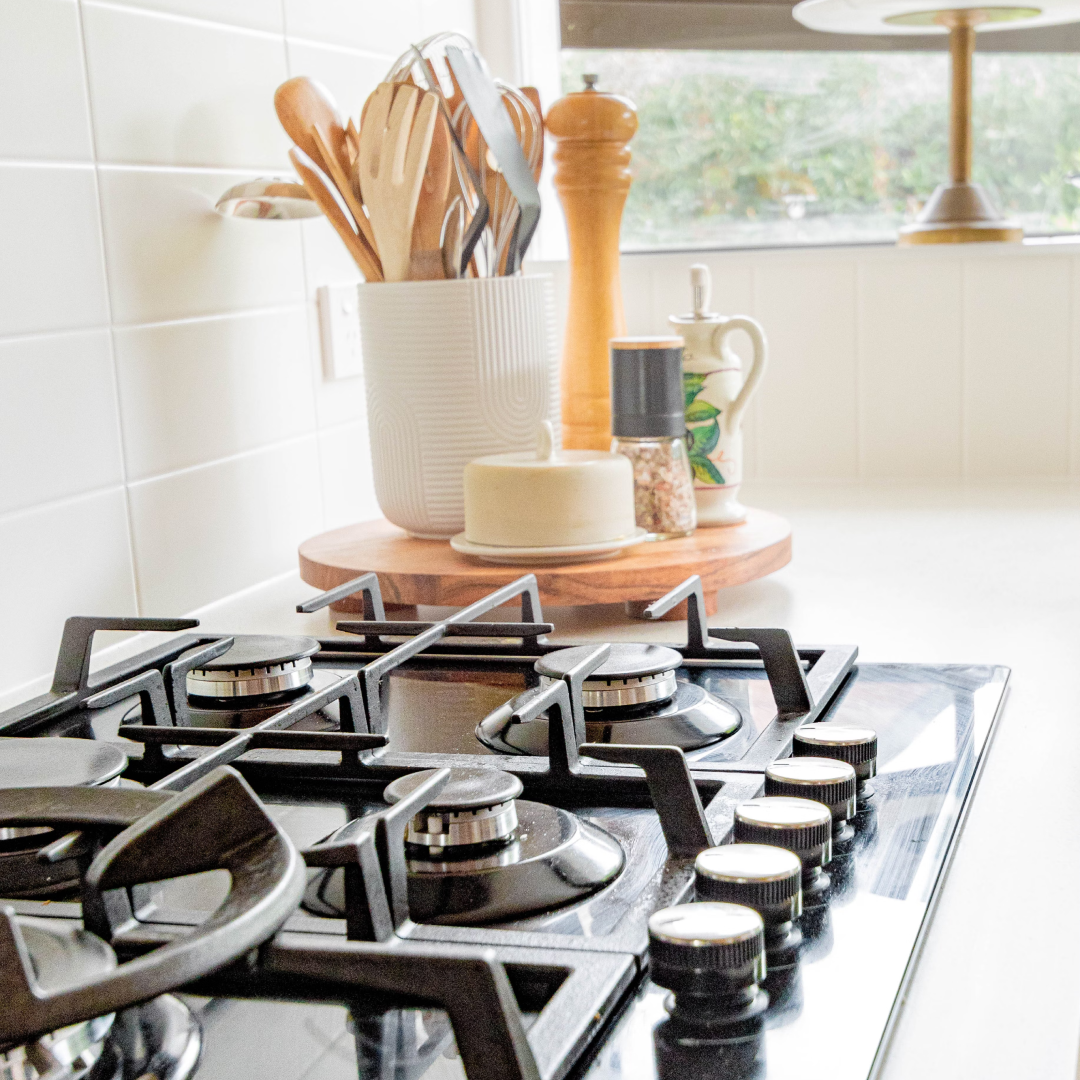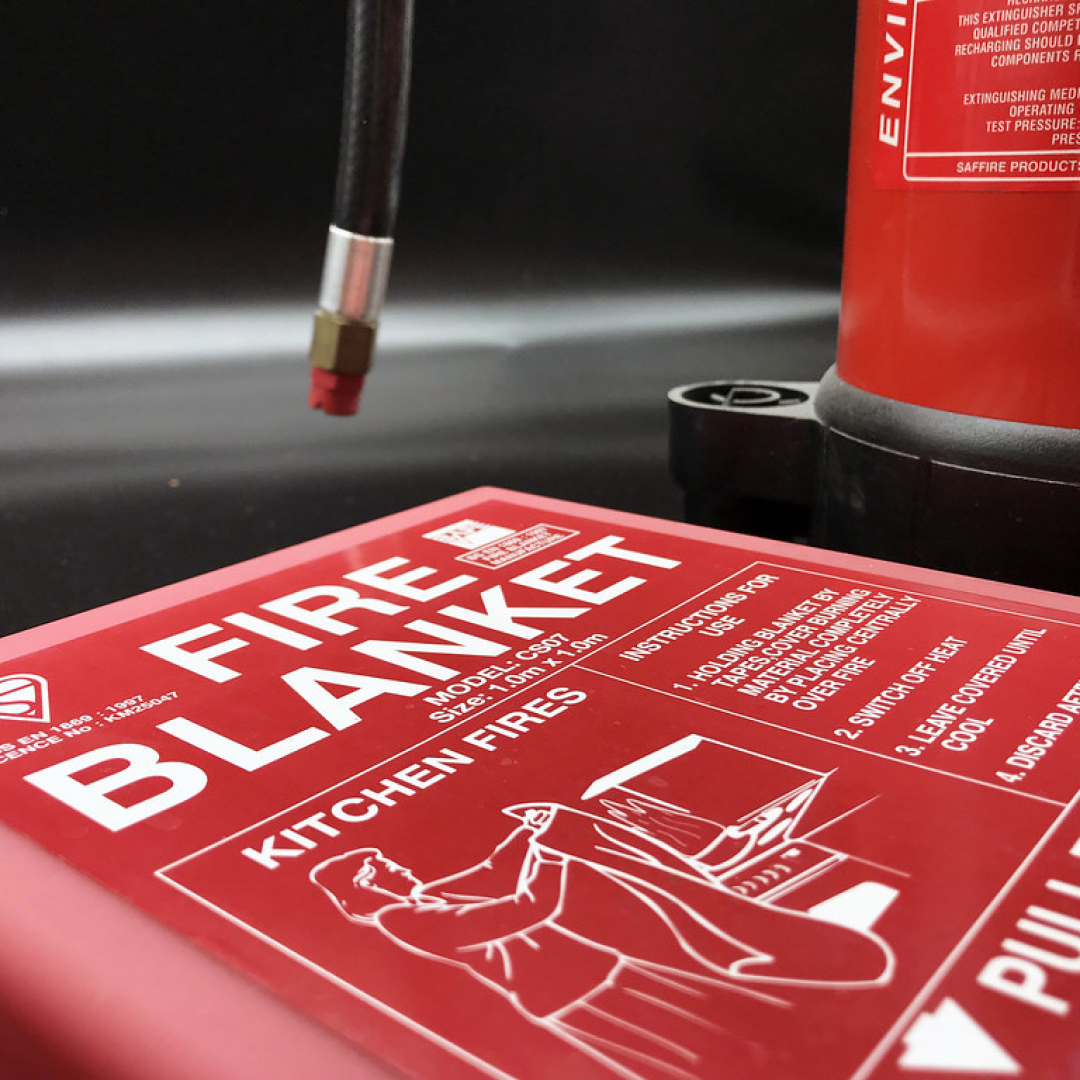Imagine this: you're working on your latest DIY project in your garage or workshop when suddenly, a spark ignites a fire. Panic sets in. Do you know what to do? Understanding how to put out fires in these environments is crucial and could be a lifesaver.
In this article, we'll guide you through the necessary steps to extinguish fires safely and effectively. You'll learn about the different types of fires that can occur and the specific methods to combat each one.
So, let's dive in and equip you with the knowledge you need to protect your workspace, your home, and most importantly, your life.
Understanding the Basics of Garage and Workshop Fires
Garages and workshops pose unique fire risks due to the presence of flammable materials and heavy machinery. A good understanding of these risks helps in preventing incidents, successfully extinguishing fires when they occur, and protecting your space and safety.
Common Causes of Fires in Garages and Workshops
Several factors contribute to fire incidents in garages and workshops. They generally involve flammable substances, electrical mishaps, and overlooked safety measures.
- Flammable Substances: Garages or workshops commonly hold substances such as paints, solvents, and adhesives, which are highly flammable. These substances, when placed nearby heat sources or sparks, can ignite fires.
- Electrical Overloads: Excessive use of power or faulty wiring are common causes of electrical fires. Overloaded sockets and extension cords, or use of inappropriate power tools, amplify these risks.
- Overlooked Safety Measures: Failing to observe stringent safety measures and protocols can lead to fire incidents. These may include neglecting to shut off gas supplies, leaving heating devices unattended, or neglecting to properly store and dispose of oil-soaked rags.
Types of Fires You Might Encounter
Fires are categorized into different classes, each distinguished by the type of fuel feeding it. Recognizing the type of fire guides you towards the appropriate extinguishing method, from water hoses to fire extinguishers or fire blankets.
- Class A Fires: Fueled by common materials such as wood, paper, or fabric. They usually shine brightly and leave behind ash.
- Class B Fires: Fueled by flammable liquids or gases. These fires don't leave ash behind but can erupt spreading the flames rapidly.
- Class C Fires: Emerge from short-circuited machinery, overloaded electrical cables, or faulty wiring. Using water to extinguish these fires can be lethal.
Familiarizing yourself with fire basics constitutes an integral part of ensuring safety. When equipped with this knowledge, you can react swiftly and efficiently to fire incidents in your garage or workshop. Fire blankets, such as those available on fireblanket.com, offer an efficient method for extinguishing small fires. Browse there to understand more about their importance in fire safety if interested.
Preparing for Potential Fire Hazards
Take preventative measures to mitigate risks associated with fires in your garage or workshop. These actions fall under three key strategies: installing fire safety equipment, conducting regular maintenance and safety checks, and establishing a fire response plan.
Installing Fire Safety Equipment
Equip your garage or workshop with necessary fire safety tools. Fire extinguishers, ranked #1 for efficiency, control small, localized fires. For diverse types of fires, opt for a multi-purpose dry chemical extinguisher known as an ABC extinguisher. Their versatility tackles various fire sources.
Moreover, consider fire blankets, an underrated go-to alternative. Crafted from fire-resistant materials, fire blankets smother fires, denying them oxygen. Easy to use and store, they manage small combustions efficiently. Interested in fire blankets? Visit fireblanket.com for informative resources and selections.
Smoke detectors, too, play a critical role. Install them in multiple areas for early detection, potentially saving your property and life.
Regular Maintenance and Safety Checks
Schedule regular audits of your garage or workshop. Inspect tools and machinery for faults that, if left unattended, may cause sparks igniting a fire. Regularly replace or repair damaged equipment.
Look out for flammable materials. Store them correctly, away from heat or power sources. Always check electrical installations for overload, a common fire instigator. Monitor for possible leaks in fuel or gas containers and address them promptly.
Ultimately, a clean, organized workspace prevents many fire hazards. Decluttered spaces not only reduce fire fuel but also enable escape routes in emergencies.
Establishing a Fire Response Plan
Create a well-defined fire response plan. Be ready to act decisively in case of a fire. This plan includes the instant utility of fire blankets or extinguishers, evacuation routes, contingency plans, and emergency contact numbers.
Conduct regular fire drills that familiarize you and others with the plan, building muscle memory that kicks in during real emergencies.
Care, caution, and preparedness reduce risk, making your garage or workshop a safer place. Stick to this regime; remember, it's always better safe than sorry. Your safety and that of your loved ones hinges on responsible practices and preparedness.
Step-by-Step Guide on How to Put Out Fires
Assessing the Situation Safely
Assess the situation first, with safety as your paramount concern. Fire types determine the right extinguishing method. Grease fires and electrical fires, for instance, aren't suited for water extinguishing. Additionally, size plays a crucial role. Tiny, manageable fires can often be extinguished independently. However, once a fire grows beyond a certain threshold, professional help becomes a necessity. Don't hesitate to call the fire department, as their expertise can prevent a small fire from escalating into a disaster.
Using Fire Extinguishers Effectively
Extinguisher use requires precision. They're ideal for smaller fires or a fire that's only just caught. Familiarize yourself with the PASS technique: Pull the pin, Aim at fire's base, Squeeze the extinguisher handle, and Sweep side to side. All fires require starved oxygen to extinguish; ensuring you aim at the fire's base smothers it efficiently. However, it's crucial you know how to handle your extinguisher beforehand. Misuse can lead to inefficiency, or worse, exacerbation of the fire.
When to Use Water and When Not To
Water quenches ordinary combustible fires, those fueled by wood, paper, or clothing. However, use caution when dealing with other fire varieties. Pouring water onto a grease fire, for instance, can cause eruptions of flames. Similarly, using water on electrical fires may lead to electric shock. It's essential to recognize these differences to respond appropriately.
Smothering the Fire: Alternative Methods
Smothering is a highly effective fire-fighting technique that starves fires of oxygen. Fire blankets, for instance, provide a quick, efficient method. They're easy to store and simple to use, making them a useful fire safety tool, especially for DIY garages and workshops. Wrapping a fire blanket around a small fire swiftly extinguishes it. It's often the go-to method for grease or kitchen fires, since they can't be doused with water. Consider investing in high-quality fire blankets, such as those found at FireBlanket.com if you need an effective fire-protection solution for your garage or workshop.
Remember, safety trumps everything else. Know your fire types, use appropriate extinguishing methods and, if a fire expands beyond your control, exit the premises immediately and alert the fire department.
Preventive Measures to Reduce Fire Risks
Given your knowledge of managing fires, it's crucial to implement preventive measures in your workshop or garage.
Safe Storage of Flammable Materials
Flammable materials found in workshops and garages pose a significant fire risk. Safe storage entails prioritizing organization. Secure flammable liquids in appropriate containers and store them away from heat sources. Dispose of oily rags promptly and safely because spontaneous combustion often causes fires. Tools and materials prone to sparks, such as grinders and welders, need separate, secure storage too. The use of fire blankets for flammable materials is an excellent option, efficiently smothering the fire and preventing it from spreading. For a reliable source of fire blankets, consider visiting Fireblanket.com to explore their range of products.
Proper Ventilation Systems
Effective workshop or garage ventilation plays a critical role in fire prevention. Combustible fumes from common substances like paints or solvents can build up without proper air circulation. Ensure you have a well-designed ventilation system. Make openings or install exhaust fans to help remove these fumes, reducing the chance of explosions or fires. Further, keep doors and windows open whenever possible, especially during jobs involving flammable materials.
Electrical Safety Precautions
Faulty or improper electrical installations pose a grave fire risk. Prioritize checking the wiring, power outlets, and extensions regularly. Avoid overloading circuits and using frayed or damaged cords. Ensure a professional electrician installs and maintains your workshop or garage's electrical system for optimal electrical safety. In this way, you are taking crucial steps towards preventing fires in your workspace.
While these preventive measures significantly reduce the risks of a fire breaking out, always have fire extinguishing equipment, including fire blankets for any unexpected fire incidents. You can find a selection of these at Fireblanket.com if you're keen to protect your workspace.
Professional Help and When to Call for It
When dealing with a potentially dangerous situation like a fire, it's essential to know when to handle it independently and when to seek professional help.
Understanding When to Evacuate
Remember, your safety remains paramount. Evacuation becomes inevitable under certain circumstances: If the fire doesn't decrease within the initial few seconds of using your fire extinguisher or if you've covered it with a fire blanket with no success; if the room starts filling with smoke obstructing your vision; or if the heat becomes unbearable. Don't hesitate to leave the room, shut the door behind you to help contain the fire, and immediately evacuate the premises. Trying to control an escalating fire can pose serious threats to your life.
Fire blankets, for instance, serve exceptionally well in smothering small fires, being a first line of defense. They're designed to withstand extremely high temperatures and effectively cut off the fire's oxygen supply causing it to put out. For more insights on fire blankets or to get one, refer to fireblanket.com.
Contacting Emergency Services
Once you've ensured everyone's safety, it's time to call in the experts. Dial 911 and explain your situation clearly and calmly. Give them your exact location and answer any questions they may have. Stay on the line until they tell you to disconnect. It's crucial to report fires as soon as observed, as delays can lead to catastrophic outcomes. While waiting for the firefighters to arrive, ensure everyone stays safe and well away from the premises.
Coping with fires in your garage or workshop requires caution, quick thinking, and correct resource utilization. But above all, it demands an understanding of when to fight and when to flee. Recognizing the right moment to call professional help can make a significant difference in controlling damage and ensuring everyone's safety.
Conclusion
You've now got the tools to keep your garage or workshop safe from fire hazards. Remember, prevention is key. Keep your space well-ventilated, your electrical systems in check, and flammable materials stored safely. Fire blankets and extinguishers should be within reach at all times. But don't forget, it's not just about putting out fires - it's about knowing when to step back and call in the professionals. Recognizing when a situation is beyond your control could be the difference between a minor incident and a major disaster. Stay safe, stay informed, and let's keep those DIY spaces as secure as possible.





